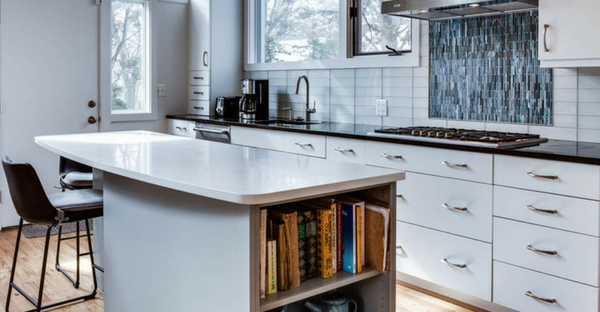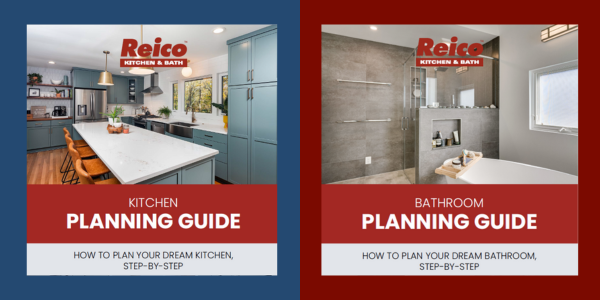
What’s the most dangerous part of your home? If you guessed “the kitchen,” you’re not far off: this one room is responsible for nearly half a million knife injuries a year, to say nothing of falls, burns, strains, and other potentially serious injuries. If you want to protect yourself and your loved ones from these mishaps, you have to design a kitchen with as few hazards as possible. With the following remodeling tips, you can keep kitchen accidents to a minimum for family members and guests of all ages:
Build Wider Walkways
Never underestimate the importance of walkways to kitchen safety. If the paths into, out of, and through your kitchen are too narrow, there’s a heightened danger that you or your family members will bump into them on a regular basis. This usually results in minor scrapes and bruises, but in the worst cases, it can cause you to fall and seriously injure yourself. Narrow walkways also make it harder for you to get out of the kitchen in the case of a fire, knife injury, or other problem that requires you to quickly reach safety or medical care. It is essential, then, that you build wide entrances to the kitchen while putting maximum space between counters and walls.
Choose Floors with Traction
In addition to walkways, flooring is a common contributor to kitchen accidents. If you choose floors made from ceramics, porcelain, or certain types of tile, you don’t give yourself much traction, making you more likely to slip and fall when moving quickly through the kitchen. Instead, opt for carpeting, cork flooring, or other materials that give you a surer footing.
Store Hazardous Items with Care
The average kitchen is full of items that can injure you or your family members if stored improperly. It’s important to set up storage areas that keep these risks to a minimum. The specific precautions you need vary based on what you’ll be storing, but in general, you should be able to safely store:
- Knives- The safest way to store knives is in a deep box holder, which surround the blades with a protective material. It’s also fine to put them in a drawer, provided you arrange them so they never get stuck when you open it up.
- Glassware & Ceramics- For breakable items, set up a shelf or cabinet with plenty of space in the back, and then place them at the back. This minimizes the chance that they will slip out and break if you open the door quickly or reach for something else.
- Corrosive Chemicals- Store bleach, ammonia, and other hazardous liquids below eye level in a cabinet that is fully ventilated and that are made from a material that can resist corrosion. Keep them somewhere that is hard for your kids to find or reach, and put them in containers that are difficult for children to open.
Reico is committed to helping you design a kitchen that is safe, accessible, and convenient. For more information or to request our help with remodeling, visit our website today.

